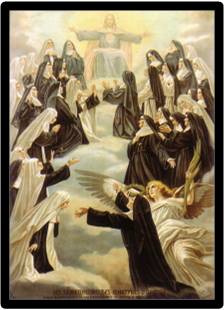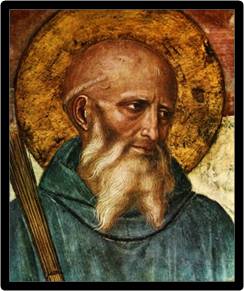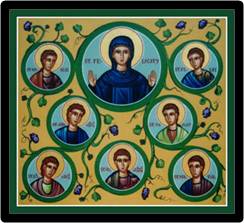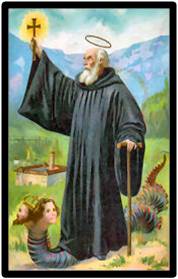JULY 9 - THE MARTYRS OF ORANGE

During the French Revolution, thirty-two nuns were put in prison at Orange in France. These sisters were from different religious orders. There were sixteen Ursuline sisters, thirteen Sisters Adorers of the Blessed Sacrament, two Bernardine sisters and one Benedictine sister.
These nuns were told that they had to take an oath of loyalty to the leaders of the French Revolution. The sisters who knew and believed that the oath was against God and the Church refused to sign it. They were immediately taken to the Orange jail.
Some of the sisters knew each other, while others did not. In the prison, the nuns got together and formed a community in that dark, damp room. They prayed together at particular times during the day. They cheered up and comforted each other and formed strong bonds, as the early persecuted Christian Church had.
On July 6, the first sister was taken to trial and condemned to the guillotine. She never returned. Every day another sister, some days two sisters, were taken to be killed. No one knew who would be next. The group became smaller and smaller, but the remaining sisters prayed especially for those who would die that day. Then they would sing a hymn of praise to God called the Te Deum.
By the end of July, 1794, thirty-two sisters had been sentenced to death by the people’s court at Orange, France and died as martyrs for their faith in Jesus. When the French Revolution was over, the judges of Orange were found guilty and punished for what they had done.
The thirty-two sisters called the martyrs of Orange were declared “blessed” by Pope Pius XI in 1925.



